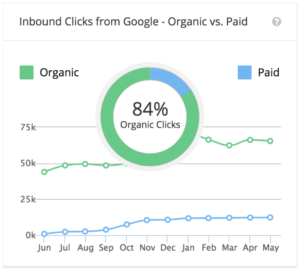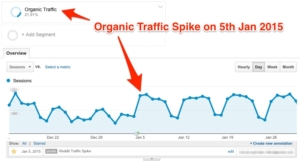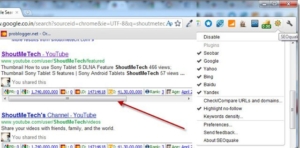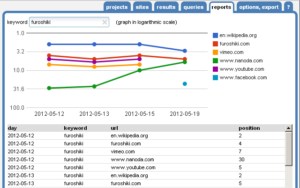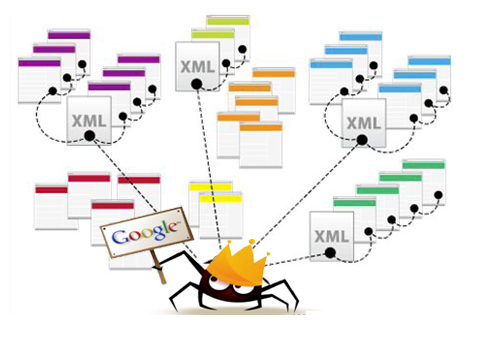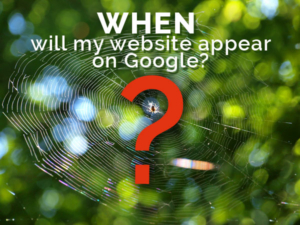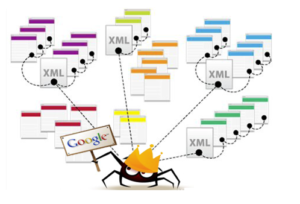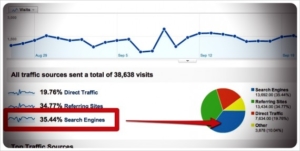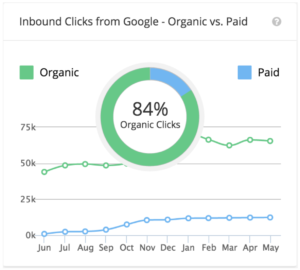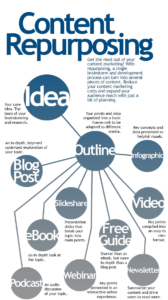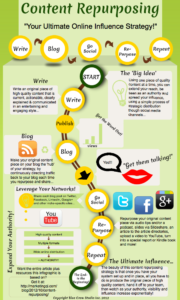How Do You Get Your Site Featured in Google’s Snippet?
Getting to the top of Google’s search pages is no longer enough to dominate your completion. While good SEO keeps your site on the first page, and well-written ads keep you atop the PPC results, there is a newcomer in the search world: Snippets
Snippets
Google wants to help searchers. It’s what launched them to become the dominant search engine that they are today. Anyone who remembers the frustrating search results on Yahoo, Lycos, or Dogpile will attest that Google simply delivers better search results.
With mobile and “question” searches rising, Google has changed the game again.
In almost any search you’re now bound to find a snippet of info, often enumerated, in a small box between the final PPC ad and the first organic listing. Below is the snippet that appears for the search “How to Get More Leads:”

Snippets Are Quick Answers
Google puts up snippets with the best info available. This allows users to get the answers they’re looking for without clicking the link. However, since the snippets tend to display only part of the info, the links inside of the snippet box tend to be clicked a lot.
- Google can source simple, direct answers from their own knowledge base.
- But, most business or product related queries are sourced from third party sites, i.e., your web site.
Imagine the potential traffic that would result in an SEO strategy that lands you in the top 3 of the PPC ads, with a featured snippet, and then the top organic search result.
How to Get a Featured Snippet
The problem is that getting your site featured isn’t easy. But, that doesn’t mean it’s impossible. And, with snippet results being so new, we’re not even exactly sure how Google pulls the info. Or, if they will rotate results in the future.
But, we can speculate and improve our business sites so that we have the best possible chance of being featured. At worst, you’ll improve the content of your site and make your customers very happy. An informative, easy-to-read site will almost always bring in more leads, clients, and sales.
Step 1:
- SearchEngineLand recommends the following tactic for your first step:
Identify a common, simple question related to your market area. Provide a clear and direct answer to the question. Offer value added info beyond the direct answer. Make it easy for users (and Google) to find the information
The advice is solid. Their answer is actually the featured snippet for the search “how to get a featured snippet.”
Step 2:
- Answer Questions
Research the most asked questions about your product, service, or industry. Create pages and blog posts that answer this question.
Be direct
– title pages and blogs with the exact question wording. Then, answer the query with as much info as needed. Use numbered lists and bullet points.

Break up info to make it both easier for your customer to absorb (or skim), and for Google to pull the best bits.
Step 3
- Make your snippet-worthy information easy to find
This requires some basic SEO housekeeping:
- Giving each article or blog a strong title that uses the question
- Using the question and its variation in the content
- Adding pictures or video, with proper tagging, as needed
- Over deliver on info. Don’t skimp on the answer. You can provide long copy while also using bullets and numbered lists.



